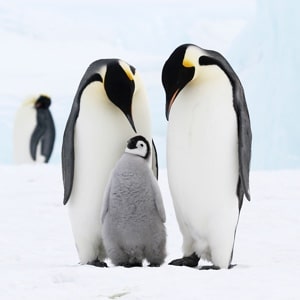The WWF charity believe that retreating sea ice is causing the deaths of many walrus calves as they are forced ashore along the Arctic shorelines of Russia and Alaska. WWF footage shows some of the more than 100 walrus carcasses spotted last month in Icy Cape, Alaska, following a huge herd of walruses congregated on the shore.
A total of 131 walrus carcasses were found, mostly calves, with the cause of death most likely to be from trampling by other walruses. Due to Arctic sea ice diminshing along Russian and Alaskan coasts, large numbers of walruses are being forced on to land, which in turn can lead to violent stampedes. These are particularly dangerous to young walrus calves who can become trampled by larger members of the group.
WWF’s leading Arctic species biologist, Geoff York, said –
With the rapid melting of Arctic sea ice due to climate change, walruses are losing their habitats and are being forced to congregate on land in massive numbers, often in the thousands. This is a very dangerous situation as it can lead to stampedes and the trampling of walruses. As is evidenced by the Icy Cape situation, young walruses are particularly vulnerable. It is clear: were it not for the dramatic decline in the sea ice, the young walruses at Icy Cape most likely would be alive on the ice and not dead on a beach.
As the sea ice retreats further out into the deep Arctic Ocean, walruses are unable to find food and are therefore coming ashore in huge numbers and in places they hadn’t been before. Once on shore, the walruses are limited in how far out they can forage, especially females and young. If 20,000 walruses are all trying to find something to eat in one area, it won’t be long before the food runs out.
Last month an estimated 20,000 walruses congregated on the shore of Russia’s Cape Schmidt, which attracts polar bears which in turn can lead to an increase in human-bear conflict. The WWF is now working within these local communities on how to deal with the increasing numbers of walruses and polar bears on land.





